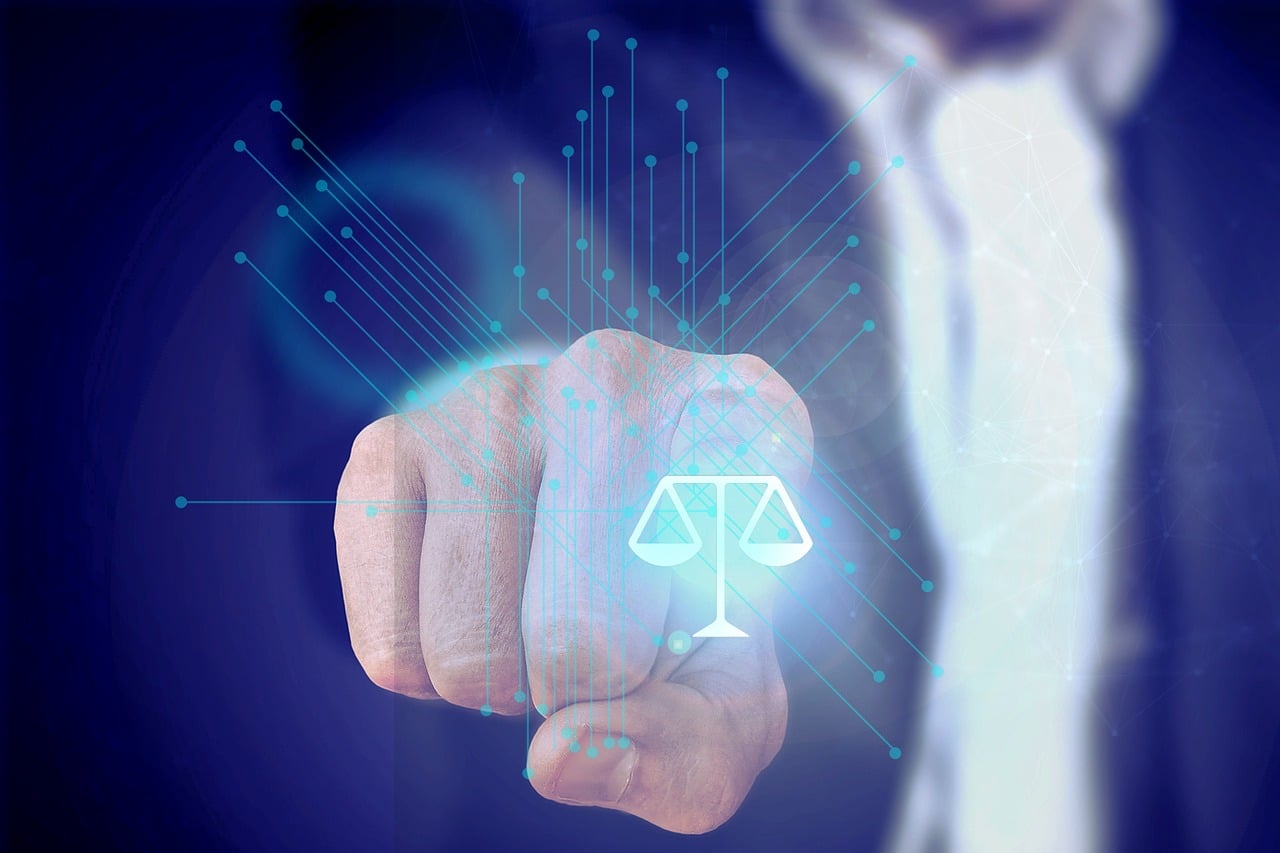Have you ever wondered how a blindfolded woman holding scales became one of the most powerful symbols of justice around the world? Known as Lady Justice, this iconic figure not only represents fairness and impartiality but also reflects the complexities and evolution of the legal system throughout history.
Historical Background of Lady Justice
Origins in Antiquity
The image of Lady Justice has roots that trace back to ancient civilizations. The earliest depictions can be found in ancient Egypt, where the goddess Ma’at embodied truth, balance, and order. Similarly, in ancient Greece, Themis, the goddess of divine law and custom, was often illustrated with scales and a cornucopia, symbolizing abundance and fairness. Over time, these figures coalesced into the familiar representation we recognize today.
The Evolution of the Symbol
Lady Justice began to take on her modern form during the Renaissance period in Europe. Artists and sculptors started to depict her as a blindfolded woman, emphasizing the idea that justice should be impartial, free from influence or bias. The scales symbolize the weighing of evidence and arguments, while the sword represents the authority and enforcement of the law. This duality highlights not just the pursuit of justice but also the power that comes with it.
Current Trends and Statistics Related to Lady Justice
Legal Reforms and Trends in Equity
In recent years, various countries have made significant strides towards equity and inclusivity in their legal systems, echoing the ideals of Lady Justice. Movements toward reform have aimed at addressing systemic inequalities, with legislation focused on promoting equal rights regardless of race, gender, or socio-economic status. This reflects the ongoing commitment to the principles Lady Justice embodies.
Statistics on Access to Justice
According to recent studies, approximately 77% of low-income individuals in the United States encounter civil legal needs that they cannot address due to financial barriers. This dire statistic underscores the critical need to enhance accessibility to legal resources. Various organizations are now working tirelessly to create pathways for marginalized groups to ensure that the scales of justice can be equitably balanced for all.

lady justice
Practical Advice Related to Lady Justice
Understanding Your Rights
One vital step in espousing the vision of Lady Justice is for individuals to understand their legal rights. Knowing your rights enables you to navigate the complex legal landscape effectively. Numerous resources, including legal aid organizations and online platforms, provide essential information and access to legal assistance that is crucial for those facing injustices.
Advocacy and Community Involvement
Community engagement in legal reform and advocacy efforts is an essential aspect of upholding the values represented by Lady Justice. Participating in local advocacy groups or social justice organizations can amplify your voice and contribute to broader changes in the legal system. This collective action is pivotal in ensuring that justice is not only an ideal but a reality accessible to all.
Future Predictions and Innovations Related to Lady Justice
Technological Advancements in Legal Systems
The future of legal practices is poised to be transformed by technology. Innovations such as artificial intelligence and machine learning can streamline legal processes, making them more efficient and accessible. These advancements could significantly enhance transparency and fairness in legal decision-making, aligning closely with the principles Lady Justice embodies.
Global Movements Towards Justice Reform
As the world continues to evolve, so do the movements advocating for justice reform. With a growing global consciousness about social issues, we can expect to see increased emphasis on international human rights, restorative justice models, and participatory legal frameworks. These trends suggest an exciting future where Lady Justice’s ideals are increasingly reflected in the practices and systems that govern society.
Final Thoughts on Lady Justice
Lady Justice embodies the principles of impartiality, balance, and truth that underpin the judicial system. As a symbol, she serves as a reminder of the ongoing pursuit of a fairer society, where justice is accessible to all individuals regardless of their background. By understanding her historical and cultural significance, we reinforce our commitment to upholding these values in our own communities.
Further Reading and Resources
-
The Symbolism of Lady Justice: A Historical Overview – This article delves into the rich history of Lady Justice, exploring her evolution across different cultures and legal systems. It provides insights into how legal symbols reflect societal values over time.
-
Justice and Justice Symbols: An Analysis – This academic paper examines various symbols of justice, including Lady Justice, and analyzes their meanings and implications within legal contexts. It offers a deeper understanding of how these symbols impact perceptions of justice in society.
-
Defining Justice: A Philosophical Perspective – This book provides a comprehensive look at the philosophical theories surrounding justice, linking them to the imagery of Lady Justice. It is a valuable resource for anyone seeking to understand the deeper ethical dimensions of justice.
-
Lady Justice in Art and Literature – This curated collection showcases various artistic depictions of Lady Justice throughout history, analyzing how her representation has changed in literature and art. It highlights her role as a cultural icon in discussions about fairness.
-
Understanding Legal Symbolism – This online course explores the role of symbols in law, including Lady Justice. Through various modules, participants learn how these symbols influence legal practices and public perceptions of justice.